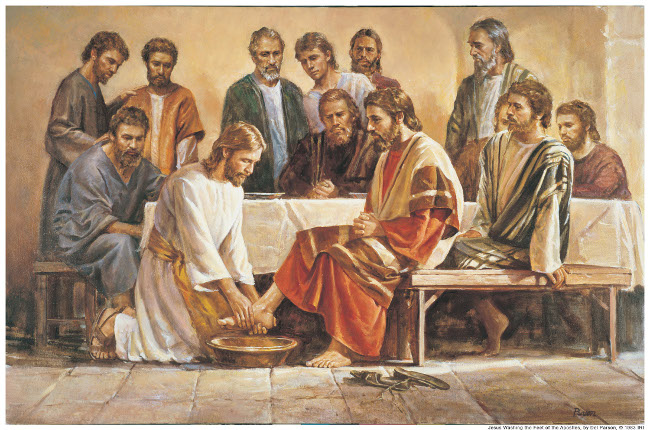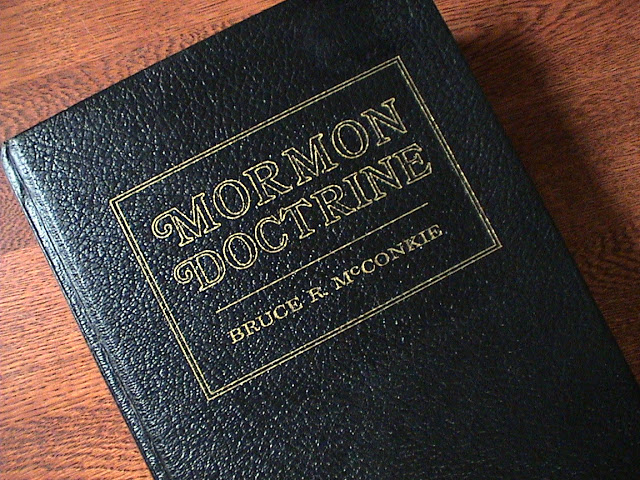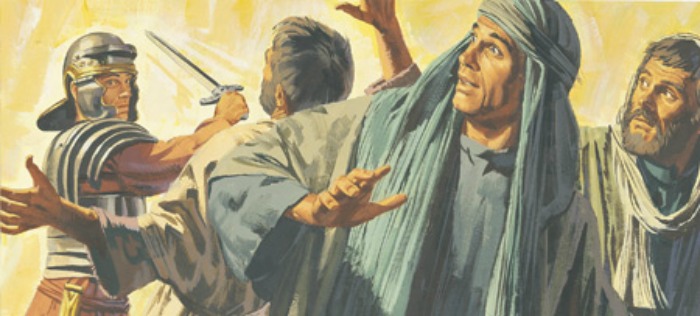Question
Gramps,
The recent passing of Elder Perry has got me thinking. In the New Testament after the passing of Judas, a new apostle was called to fill the vacancy of the twelve. And in all scripture, I can only find reference to the quorum of twelve apostles. Why then does the LDS church have 15 apostles? Peter, James, and John are thought of as the 1st first presidency, yet there were still only twelve apostles including them.
John
Answer
Dear John,
Let’s dive into the New Testament and see what we can learn about the efforts of the original apostles to maintain a full quorum. During Jesus’ ministry He called 12 disciples to be a part of His inner circle, namely: Simon (Peter), Andrew, James (the son of Zebedee, John’s brother), John (the beloved), Philip, Bartholomew, Thomas, Matthew (Levi); James (the lesser, the son of Alphæus), Lebbæus (Thaddæus, Jude), Simon (Zelotes, the Canaanite), and Judas Iscariot (see Matt. 10:2-4, Mark 3:16-19, and Luke 6:13-16). At the death of Judas Iscariot the remaining 11 gathered and called Matthias to receive the apostleship (Acts 1:26), so we have a full quorum as you stated. Then we read on in the epistles and we find something odd: Paul is constantly referring to himself as “an apostle”. Well this doesn’t work so well with our notion that there aren’t more than 12 apostles, so we return back to Acts to find another vacancy. There in Acts 12 we have the martyrdom of James (brother of John) (verse 2). Checking the timeline, Paul (then Saul) starts preaching Christ back in Acts 9, but he is formally called to the ministry in Acts 13 (verse 2) (perhaps this is where he is called to be an apostle?). This works with your theory of the 12 dropping to 11 then calling another, but no more than 12 at a time.
Here I have to pause and point out that we’ve now entered some shaky ground. Given its subtlety we must draw attention to it lest we build an entire structure on this faulty foundation. We have surmised that Paul was not called to be an apostle until after James’ death, because we need him outside of the quorum until that time in order to support the no-more-than-12 theory. If we are fully honest with ourselves, we must acknowledge that the scriptures are not clear as to when Paul was called to the apostleship, and it may very well have been before James was martyred.
Admitting to this weakness in our investigation, we start to find other weaknesses presented in the New Testament. For starters, in the scripture mentioned above as Paul’s call to the ministry, we have Barnabas called alongside him. As we read about their mission, we find them both identified as “the apostles” (Acts 14:14). We need another death to account for this, and the record doesn’t provide us with one. Paul introduces us to another apostle, namely “James the Lord’s brother” (Galatians 1:19) who is notably absent from the original 12. Once again, we need another martyr.
Other weaker candidates for apostleship also include Silvanus and Timotheus who co-author 1 Thessalonians with Paul as “we … the apostles of Christ” (2:6). One more candidate is Apollos who is mentioned alongside Paul and Cephas (Simon Peter) (1 Cor. 1:12) with a passing reference to “us the apostles” (1 Cor. 4:6,9). That’s three more martyrs.
The New Testament alone does not conclusively determine for us whether or not there was always to be only 12 men on the earth who hold the office of apostle. We would have to read into it one way or the other, and that’s largely what the Christian world has done. They take the documents that have survived to our day and wring them ever so tightly to squeeze every possible ray of truth for their enlightenment. They should be commended for their determination and diligence. There is a better way.
We know so much about what the primitive church was like, because we have the epistles of Paul, an apostle out of season. What if the Lord again called an apostle – not one of the original 12, but an apostle nonetheless, who could witness of His bodily resurrection and lead His ministry on the earth? What if, instead of wringing every precious drop from ancient accounts, we had a fountain of living experience bursting abundantly in our midst? What if we had a modern Paul and a steady stream of successors?
The opening of this last dispensation sheds new light to old stories. We have Joseph Smith and Oliver Cowdery as the first apostles in the modern Church (D&C 20:2-3). Later the Church was more fully organized with First Presidency and a Quorum of 12 Apostles (see, for instance, D&C 107). The newly organized First Presidency did not have apostles (with the exception of the two already mentioned) – neither Sidney Rigdon nor Frederick G. Williams were ordained apostles. At the death of Joseph, the Quorum of the 12 was the governing body of the Church and there were once again only 12 apostles leading the Church (Oliver was excommunicated). This remained the case for a number of years until the First Presidency was again reorganized and the counselors selected from the Quorum of the 12.
If we overlay this modern pattern over the ancient, we find a consistency that can help resolve your question (while acknowledging that this ground is every bit as shaky as what we stood on before). The early apostles may have been under an “apostolic interregnum” for a number of years, maintaining a quorum of 12 until the post-Acts period when the Lord revealed that a First Presidency should be organized. If the First Presidency was formed later (say, about the time James was martyred), that gives rise to a number of vacancies in the 12 for Paul, Barnabas, and James the brother of Jesus to fill.
The bottom line is that the ancient record is too sparse to confidently reconstruct the primitive church. In contrast we have a modern record and, more importantly, modern apostles who have built up Christ’s Church today.
Gramps







